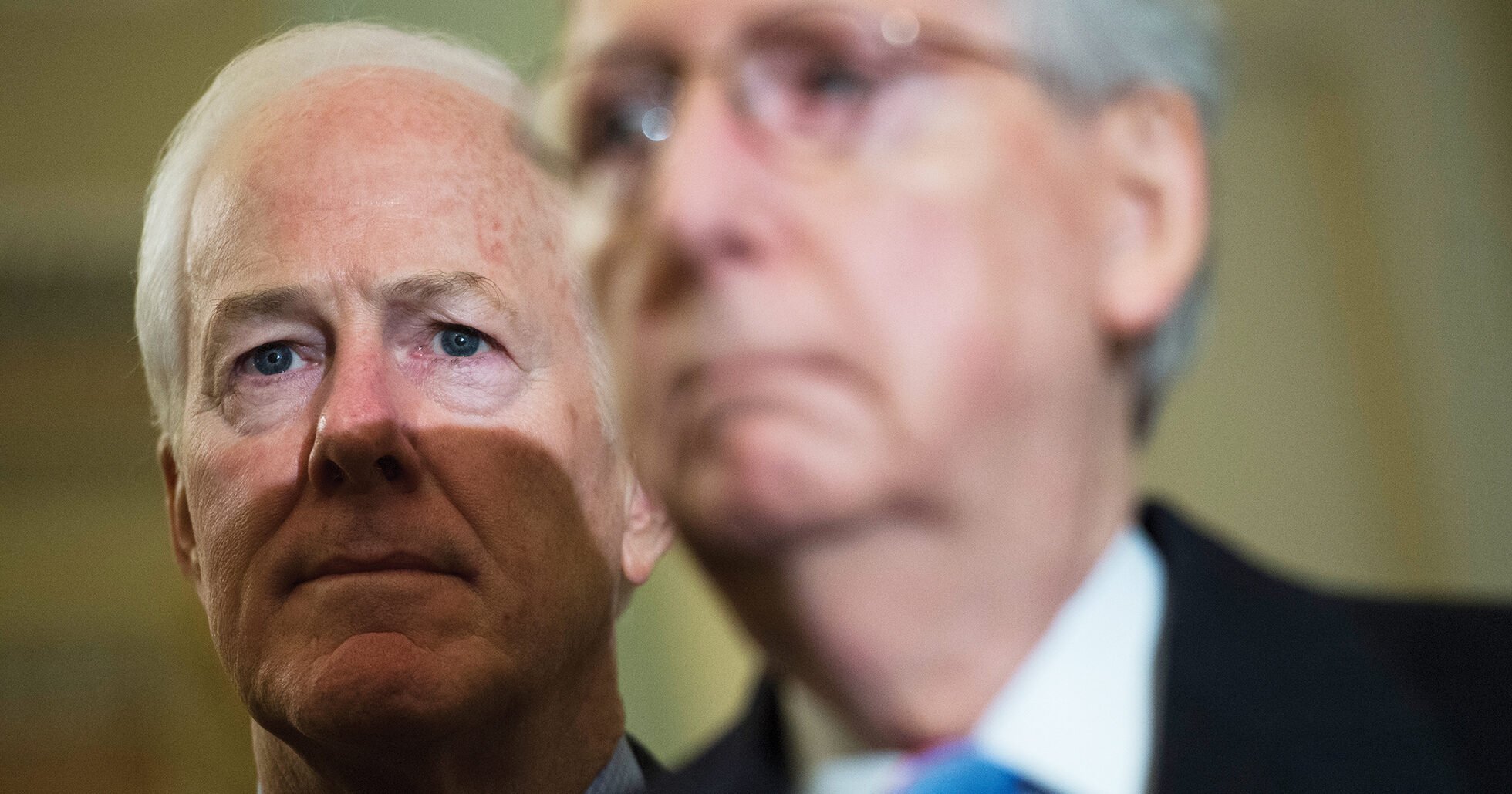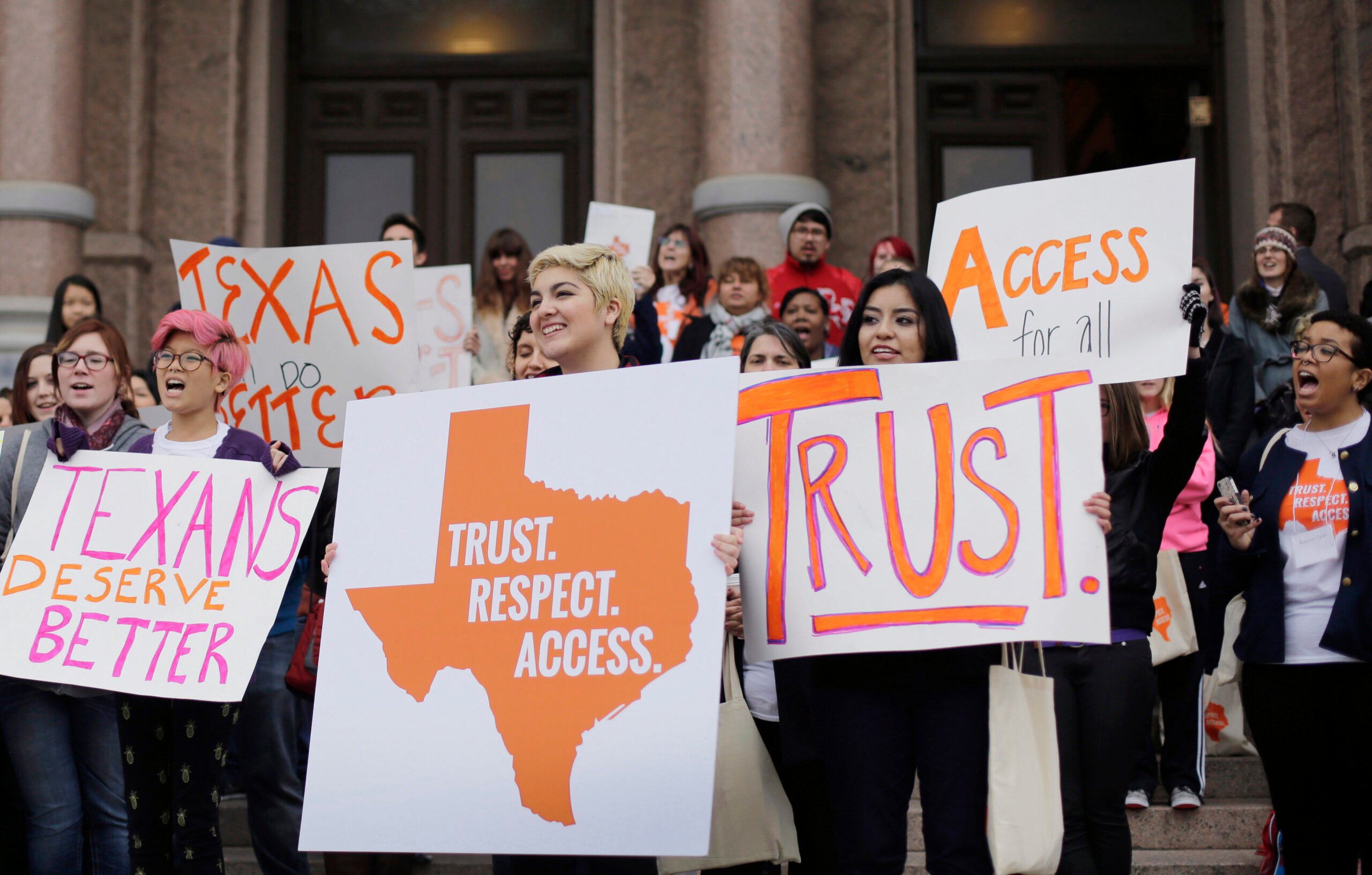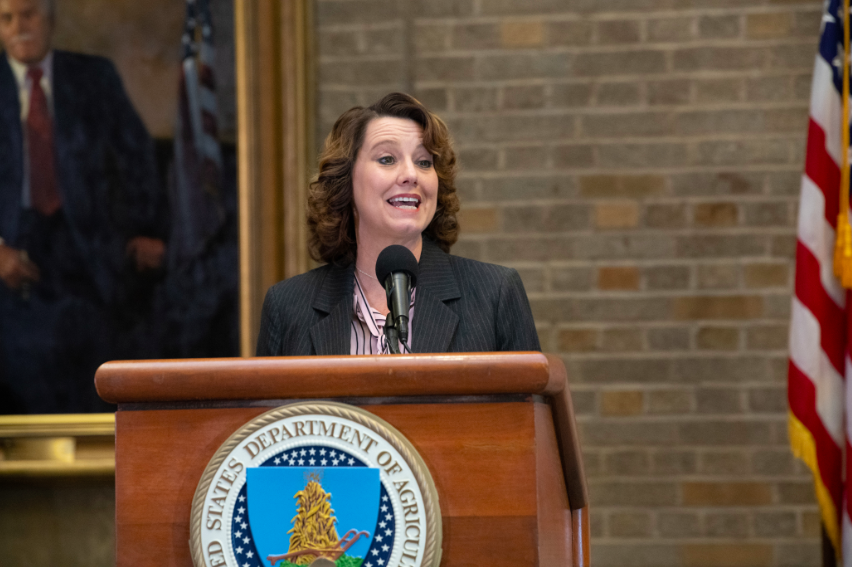
Under Mindy Brashears’ Leadership, USDA Will Let Swine Slaughter Facilities Go Hog Wild
An inspector at a special deregulated hog plant told the Observer that the USDA’s new pork slaughter proposal that eliminates maximum line speeds is a “recipe for disaster.”

Above: Mindy Brashears
On March 15, the U.S. Department of Agriculture’s top food safety official delivered good news to the pork industry. The official was Mindy Brashears, a former food scientist at Texas Tech University who was appointed by Trump as second-in-command at USDA’s Food Safety and Inspection Service in January. She said she will move forward with a controversial proposal to allow major U.S. pork processing facilities to run their lines at unlimited speeds — along with giving them more flexibility in how they inspect meat for contamination — despite advocates’ concerns about food and worker safety.
Brashears’ remarks were made at a Consumer Federation of America conference in Washington, D.C., and offer a first glimpse into USDA’s food safety landscape under Brashears’ direction. The scientist, who developed close financial ties to agribusiness as a researcher at Texas Tech, is now the de facto leader of USDA’s Food Safety and Inspection Service since the position above hers is vacant. The regulatory agency is tasked with making sure the country’s supply of meat, chicken and eggs is safe to eat. The food safety division has almost 8,000 inspectors stationed in food processing facilities across the United States, where they check live animals and take up fixed positions along slaughter lines to spot infected carcasses.
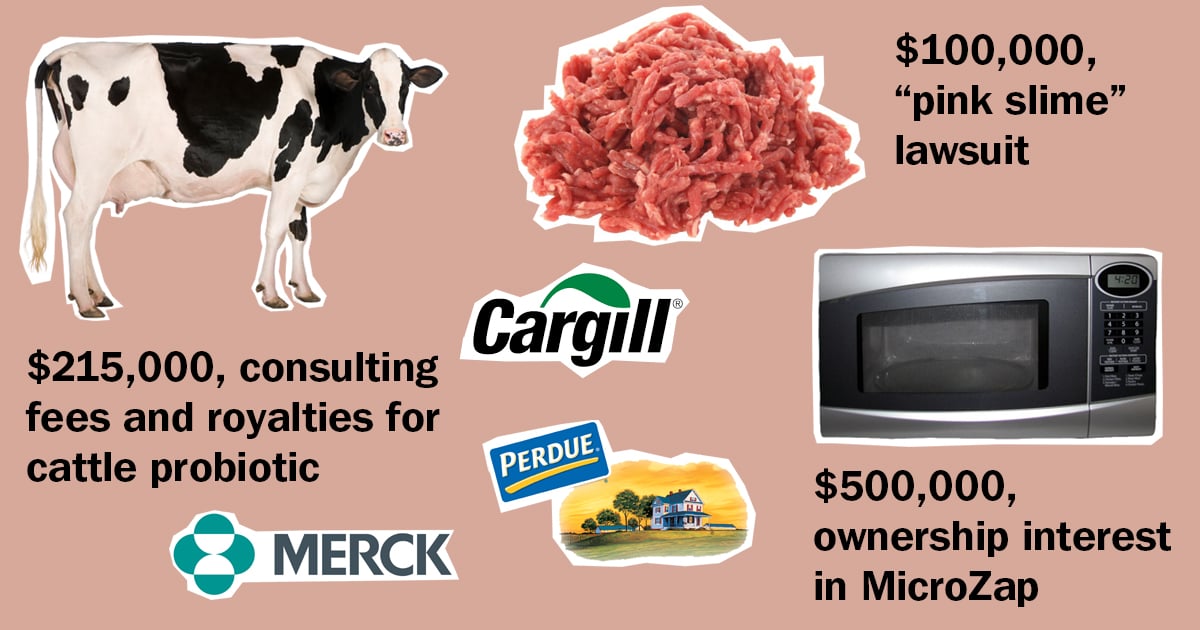
The proposal, which Brashears said would be finalized this year, is called the New Swine Slaughter Inspection System and would give facilities permission to eliminate current caps on maximum line speeds at facilities that slaughter market hogs, which represent 97 percent of all swine slaughtered at federally inspected facilities. It would also provide those facilities the option to remove some USDA meat inspectors from their positions on the lines and replace them with company employees. The deregulatory policy would generate an additional $2 million in revenue for large plants each year because more hogs could be processed, Bloomberg reported. Predictably, the National Pork Producers Council, the biggest national trade group representing the industry, “strongly supports” the proposal and has urged the government to push it across the finish line.
Food safety and government accountability advocates say it makes sense that Brashears would heed the pork industry’s call. While at Texas Tech, the pork industry paid at least $100,000 to sponsor Brashears’ research. Most of that, $82,500, came specifically from the National Pork Producers Council.
“[Brashears] is a loyal foot soldier of the industry. She will not disappoint them,” said Amanda Hitt, director of the Food Integrity Campaign at the Government Accountability Project. Hitt is one of the food safety and workers’ rights advocates who has derided the swine slaughter proposal as dangerous for plant workers and for public health.
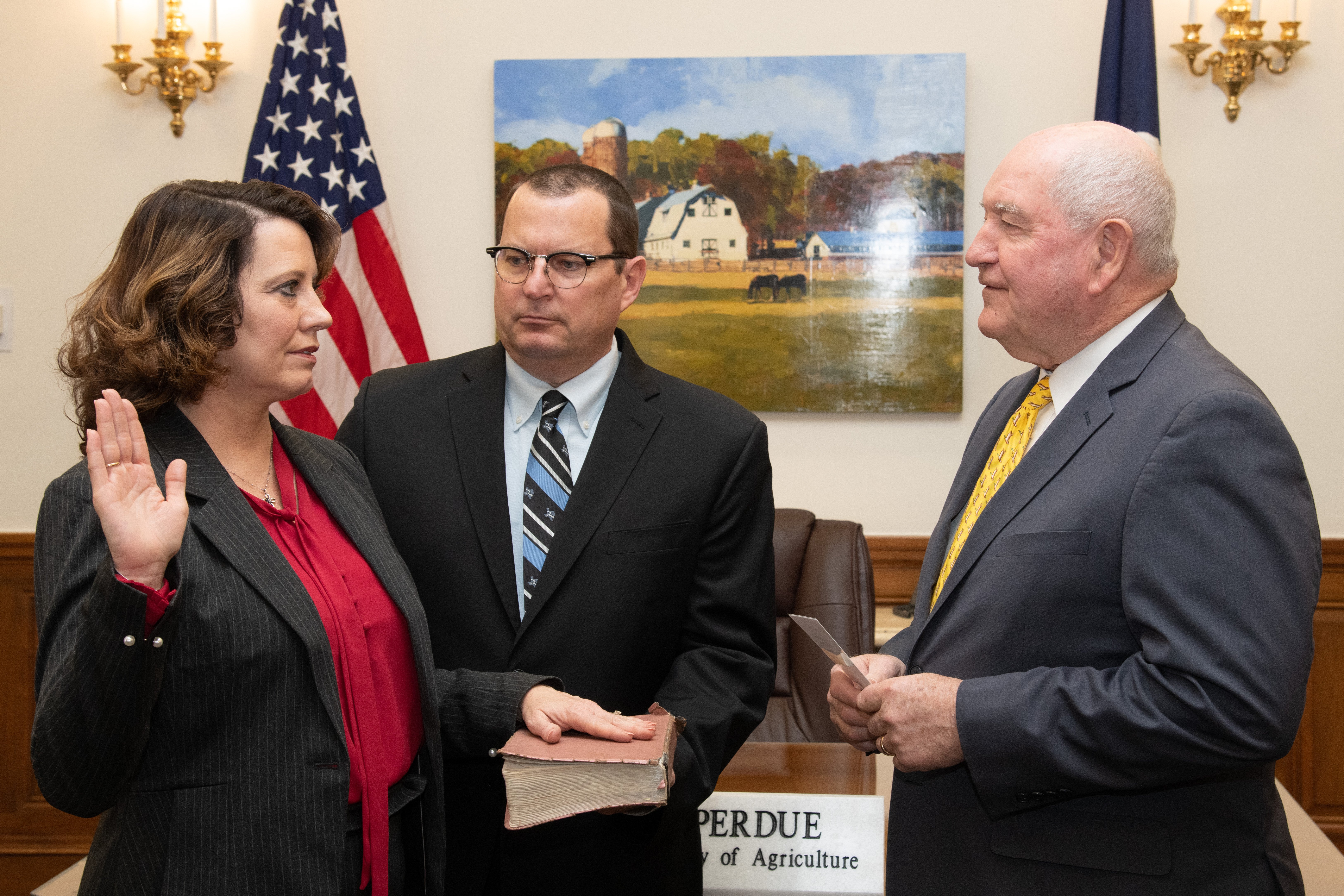
Hitt noted that “industrial slaughter has never been safe for workers at any speed. Increased speeds, repetitive motions and sharp tools are a recipe for even more injuries.” Even with current maximum line speeds of 1,106 hogs per hour in place, employees in meat processing facilities get injured at a rate 2.4 times higher than workers in other jobs. According to the Government Accountability Office, 151 workers have died at U.S. meatpacking plants from 2004 to 2013.
Food safety advocates also have reservations about the proposal. “We’re hoping that [Brashears] puts the brakes on regulations that aren’t science-based,” said Thomas Gremillion, director of food policy at the Consumer Federation of America. “Unfortunately, the [March 15] speech seemed to indicate that wouldn’t be the case with the hog slaughter rule.”
The new proposal has its roots in a 1997 pilot project called the HACCP-based Inspection Modeling Program (HIMP). The USDA waived maximum line speeds and reduced the number of USDA meat inspectors on the line for five large pork processing facilities; the inspectors instead tested for pathogens elsewhere in the facility. It was an apparent attempt to determine whether loosening government regulation on pork slaughter lines could increase plant efficiency without compromising food safety.
But the experiment produced little evidence to prove such a plan is safe for the public. In fact, in 2018, Food & Water Watch, a Washington, D.C.-based advocacy group, found the opposite: Meat produced in the pilot facilities was more likely to be contaminated with feces, bile, hair or dirt than meat processed in traditional facilities, the group reported. In 2013, a Government Accountability Office probe found that USDA hadn’t collected data to determine whether the HIMP plants were effective in reducing pathogens in meat. The USDA’s Inspector General, under Obama’s administration, reported that the agency “did not critically assess whether the new inspection process had measurably improved food safety at each HIMP plant, a key goal of the program.” The new proposal contains a mandatory pathogen sampling provision, but it also allows the facilities flexibility in deciding which pathogens to test for.
“[Brashears] is a loyal foot soldier of the industry. She will not disappoint them.”
A USDA meat inspector who is stationed inside a HIMP plant told the Observer that the new proposal “is a recipe for disaster” because companies will opt to run lines as quickly as possible without regard for safety. Federal inspectors who attempt to slow the line speed at HIMP plants to better inspect for contamination are rebuffed by plant administrators or their own supervisors. “Industry dictates to inspectors how to do our jobs. We cannot impede the right to do business,” said the inspector, who requested anonymity for fear of losing their job.
When asked why the agency was pursuing what appears to be a flawed inspection model, USDA spokesperson Buckley McKay said: “[The food safety division] has been pursuing a modernized approach to inspection as a critical step to protect the food supply. Our decisions are science-based and data driven with a mission of reducing foodborne illness and putting safe food on dinner tables across the country.” McKay also noted the swine slaughter rule was proposed before Brashears was appointed to office. But advocates point out that Brashears is now effectively in charge of the food safety division, and she’s made it clear that she won’t stand in the way of the proposal becoming law.
The swine slaughter rule takes another page out of Trump’s industry-friendly playbook. In October, Trump’s USDA allowed for line speed waivers at poultry processing plants — a departure from Obama’s USDA, which resisted the waivers out of concern that increased line speeds could cause more worker injuries. In 2017, Trump nixed the Farmer Fair Practice Rule, which would have protected contract chicken farmers from the companies they say drive them into debt through shady business practices. The new swine proposal itself reads like something from the agribusiness lobby wishlist: it will “remove unnecessary regulatory obstacles to innovation by revoking maximum line speeds and allowing establishments flexibility to reconfigure evisceration lines.”
At the conference in D.C., Brashears tried to reassure attendees that her push to “modernize” hog slaughter was in the interest of public health and not just agribusiness. “As a scientist, I intend to make sure that we continue to make a science-based preventative approach to food safety and modernization, both in inspection systems and in our policies,” she said.

